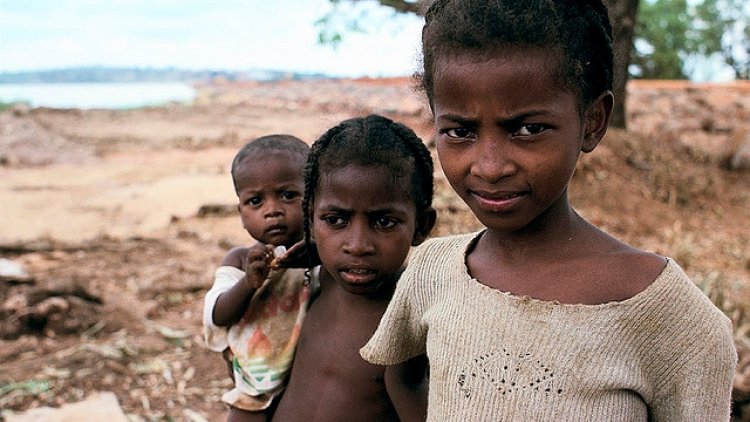Malnutrition Surge in Madagascar

The Republic of Madagascar is an island nation just about 400 kilometres of the East-African coast. It is the world’s second largest island country, after Indonesia, and contains a unique set of biodiversity as over 90% of its wildlife cannot be found anywhere else on earth. The country was united and ruled as a kingdom until 1897, when the French Colonials engulfed the island in their vast, mostly African, Empire. The country regained its independence in 1960 and is recognized as a constitutional democracy since 1992.
The island’s diverse and particular ecosystems, which developed in isolation over millions of years, is now threatened by the fast-growing population and other environmental threats. Madagascar benefits from a number of sectors, such as ecotourism, ecological research and a growing agriculture sector. The poor and unequal wealth distribution has, however, left nearly 4/5 of the country’s 25 million population living under the poverty line. Since 1980, the country suffered over 30 major cyclones and floods, 5 periods of drought, 5 earthquakes as well as 6 epidemics. Madagascar’s vulnerable situation has deteriorated even further with a migration trend towards larger cities, poor security conditions as well as crumbling road infrastructure. The country has one of the highest malnutrition rates worldwide.
Madagascar biodiversity comes with a set of extreme weather conditions, which have intensified due to climate change. The food insecurity affects all parts of the island, but especially the south is characterized by a semi-arid climate and is exposed to recurrent droughts. The year 2019 was especially bad for the country, as a lack of rainfall led to the loss of 90% of the harvest and pushed about 60% of the population into food precarity.
The Androy region, a vast province in the south of the country with almost a million citizen, is especially at risk. More than 95% of the population lives below the poverty and relies almost exclusively on agriculture. The slash-and-burn farming and the deforestation expose the soil to a high risk of erosion, which results in sandstorms. Such sandstorms are, in turn, extremely devastating to the remaining farmlands and destroy the livelihoods of the local population.
In the third consecutive year of the drought in Grand Sud region of Madagascar, the malnutrition and food insecurity rates have skyrocketed, and people are resorting to desperate eating practices, such as eating clay mixed termites, plants and unripe mangoes. The number of child malnutrition cases have more than doubled towards the end of 2020, mainly in the southern Androy and Anosy regions.
“Children will die if we do not take them into our care.”
Whilst the United Nations World Food Programme has supported the country, other international actors fear a severe hunger season towards the end of 2021.




 GHRTV1
GHRTV1 




























